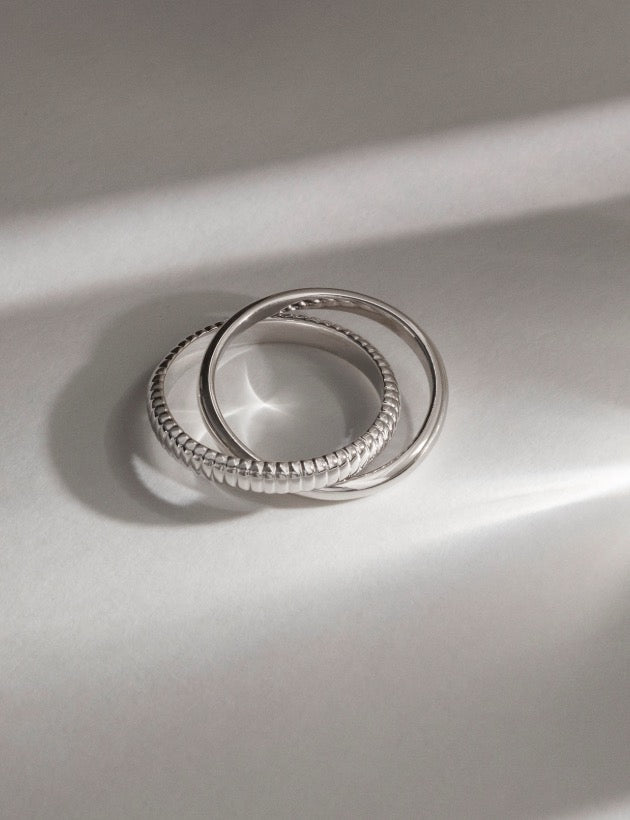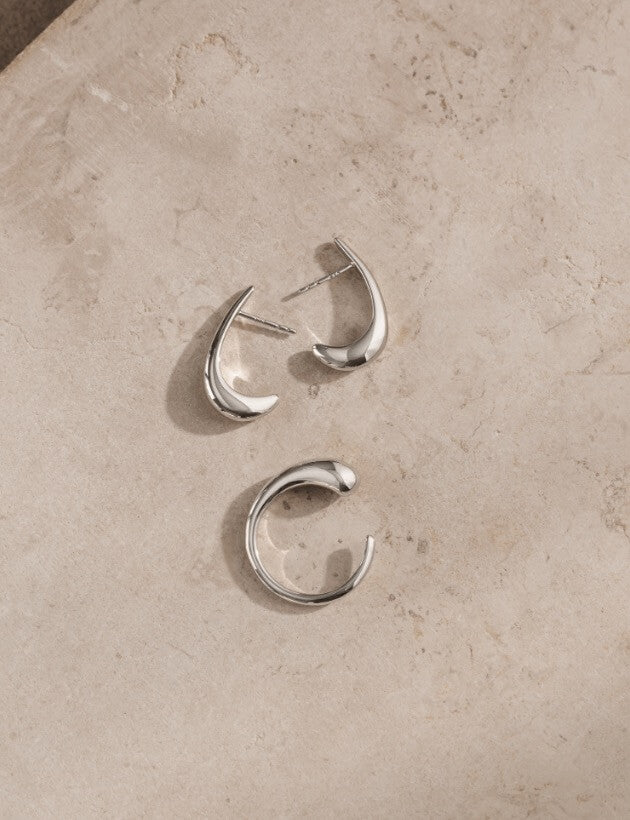What is the difference between a lab-grown diamond and a mined diamond? The punchline is, not a lot actually. Chemically, physically and optically, they are identical. The only difference between lab-grown and mined diamonds is the point of origin. Lab-grown diamonds are produced in a controlled and verified environment, allowing for a fully traceable origin, unlike mined diamonds.
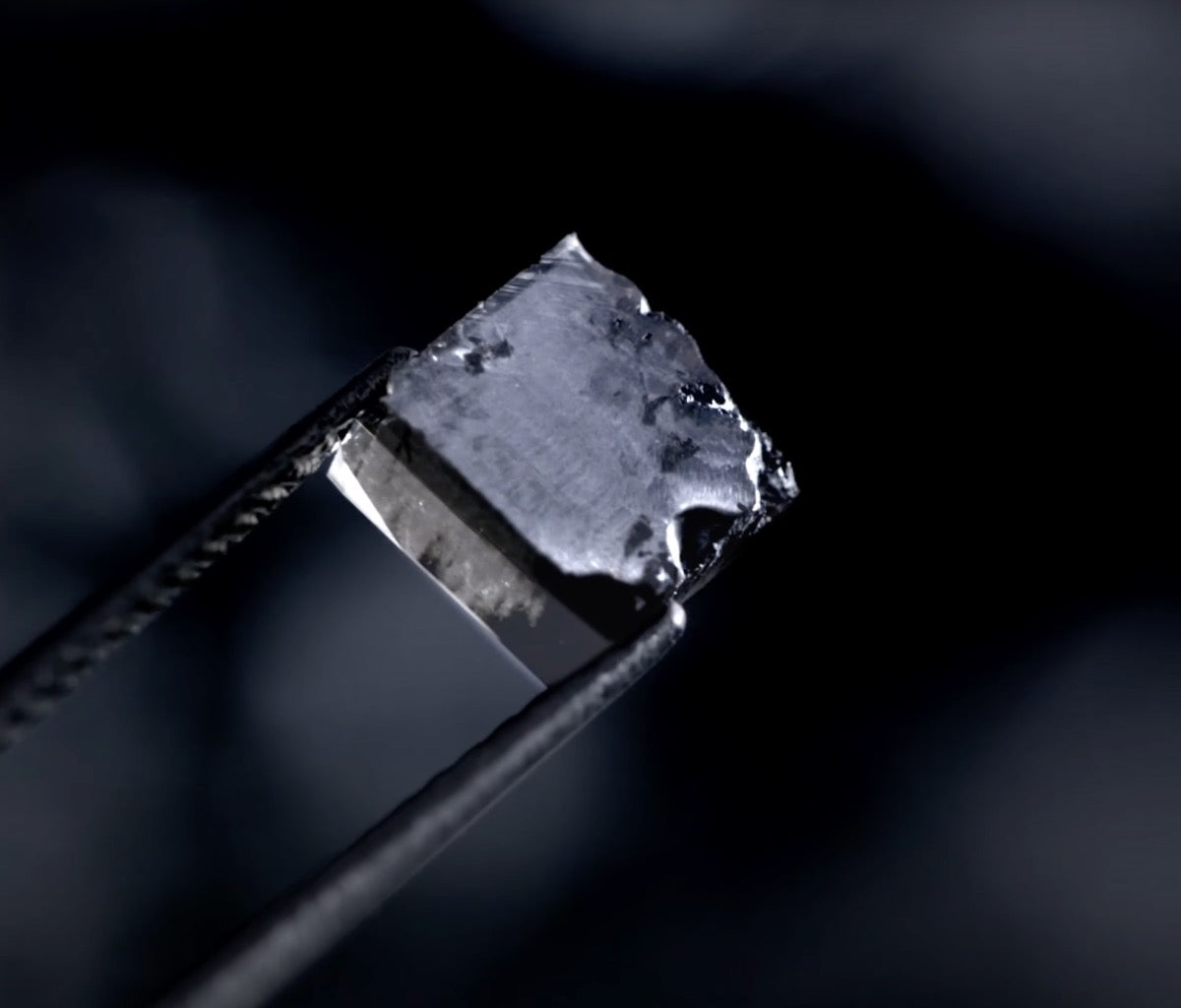
The creation process
Lab-grown diamonds are made using the same natural processes as mined diamonds but in a fraction of the time and without the environmental impact of mining. Two primary methods are used to create these diamonds in labs: High-Pressure High-Temperature (HPHT) and Chemical Vapor Deposition (CVD).
- HPHT Method: A small diamond seed is placed in carbon, then subjected to extreme heat and pressure, mimicking natural diamond formation. The carbon melts around the seed, forming a rough diamond that is carefully cooled over a month.
- CVD Method: A diamond seed is placed inside a sealed chamber filled with carbon-rich gases. These gases are ionized into plasma, breaking down molecular bonds so that pure carbon layers form around the seed. This process can also involve treatments like heating or irradiation to enhance color.
In contrast, mined diamonds were formed 1 to 3 billion years ago, deep beneath the Earth’s surface. These diamonds were created under intense pressure and heat, then pushed towards the surface through volcanic activity. The most common practice used for extracting mined diamonds is open pit mining, which leave long-term environmental scars such as deforestation, soil erosion, and water contamination.
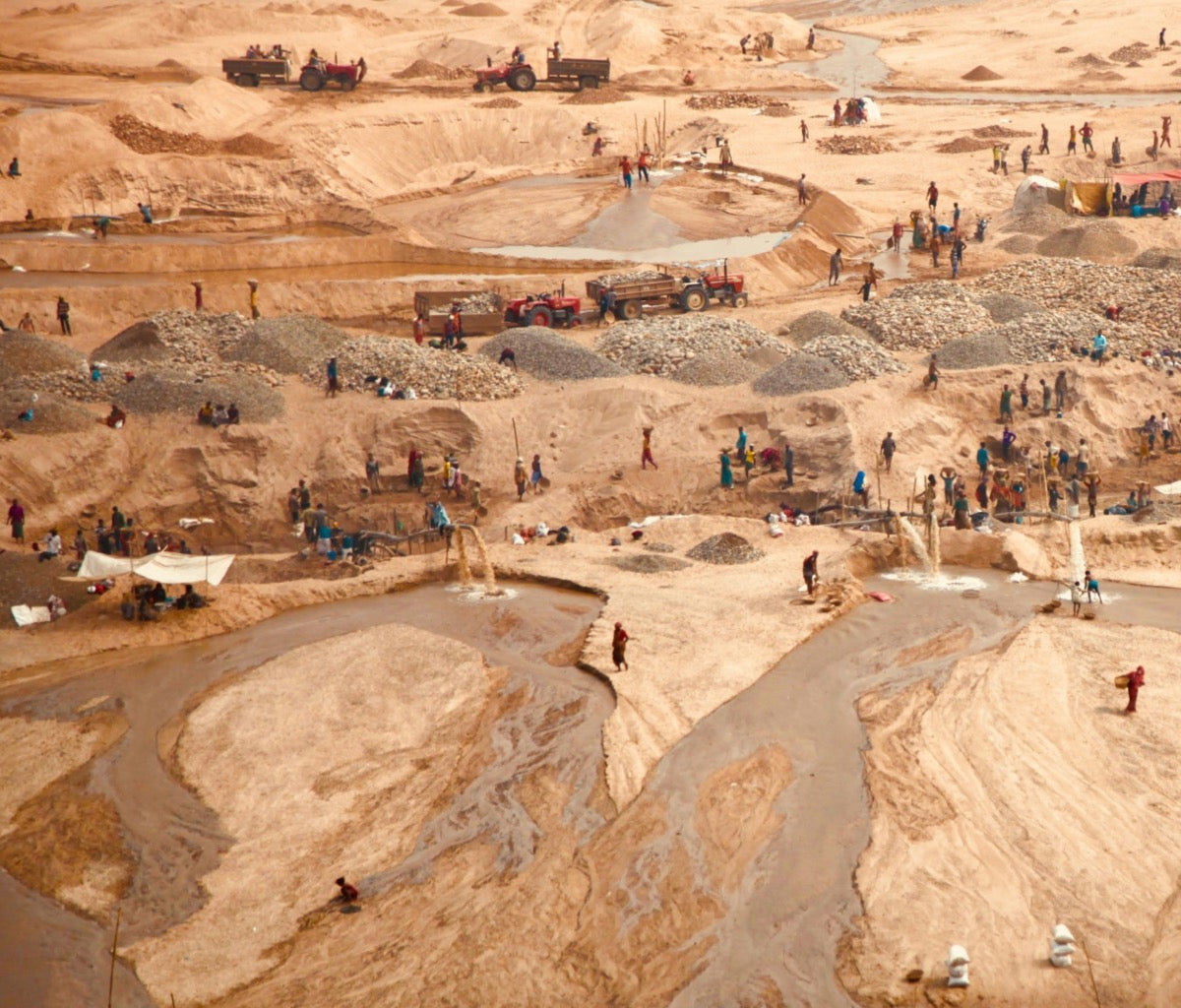
Social impact
Lab-grown diamonds are a more transparent and ethical choice. Since they’re grown in a lab, there’s no murky supply chain or unregulated middlemen. Lab-grown diamonds often come from facilities that provide safe working conditions and pay above-average wages.
On the other hand, mined diamonds have a controversial reputation, largely due to unethical practices in conflict zones, where they may be linked to child labor, poor working conditions, and human rights violations. Conflict diamonds, or blood diamonds have funded warlords and terrorist groups, making traceability nearly impossible.
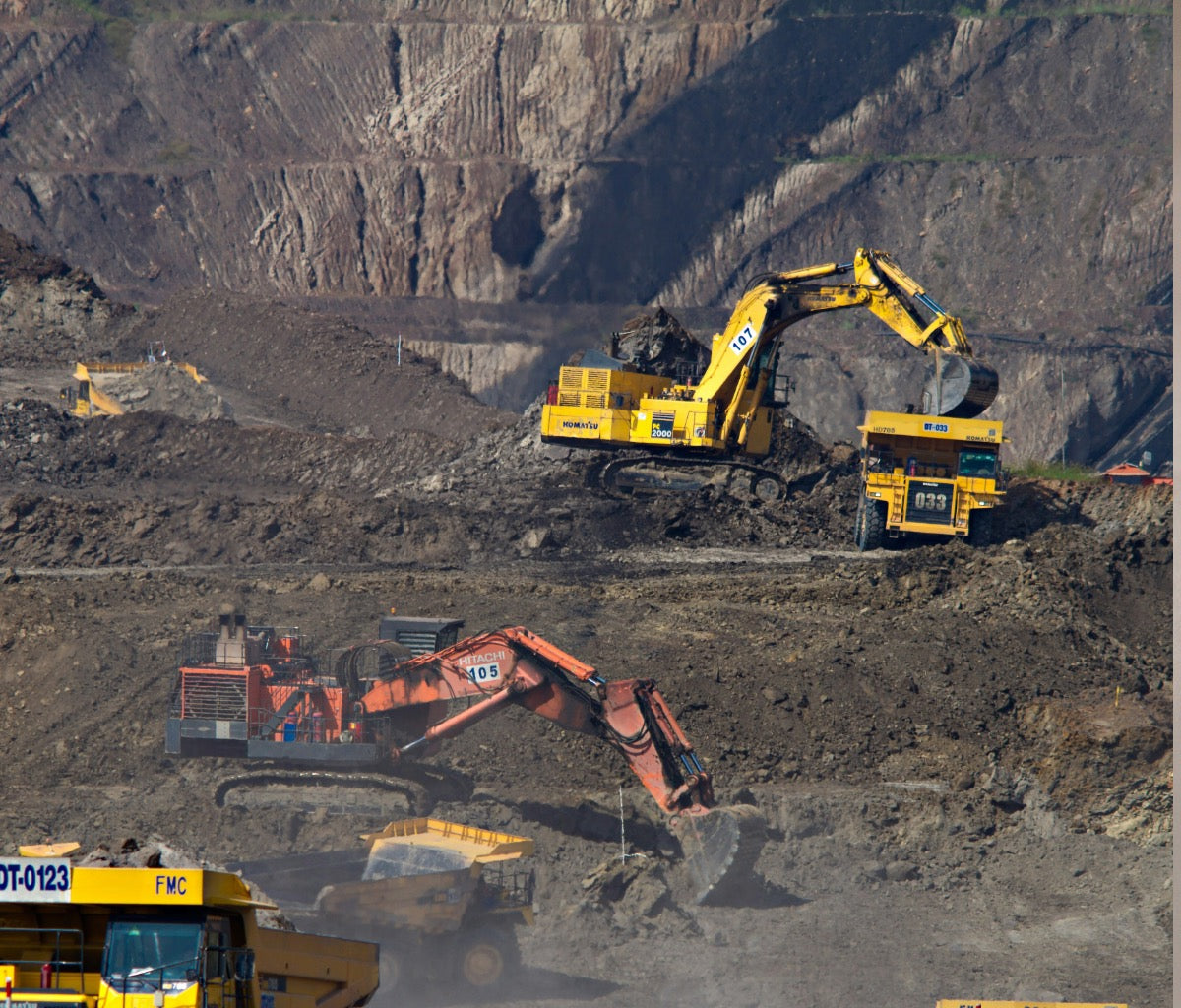
Environmental impact
Lab-grown diamonds offer a more eco-friendly option compared to mined diamonds. They don’t require the disruption of ecosystems, soil erosion, or water pollution that mining causes. However, it’s important to note that not all lab-grown diamonds are created equally.
Our lab-grown diamonds come with a clear conscience. They are 100% climate-neutral and produced in certified, sustainable labs. Every diamond we sell is SCS-007 certified by SCS Global Services, ensuring that they meet rigorous standards for sustainability, ethical stewardship, and traceability. This certification guarantees that everyone involved in the production process is treated ethically, and communities benefit from fair compensation.
Mining diamonds leaves a massive environmental footprint. On average, mining companies move 250 tons of earth to find just one 1-carat diamond. This destructive process devastates ecosystems, displaces communities, and causes long-lasting harm to biodiversity.
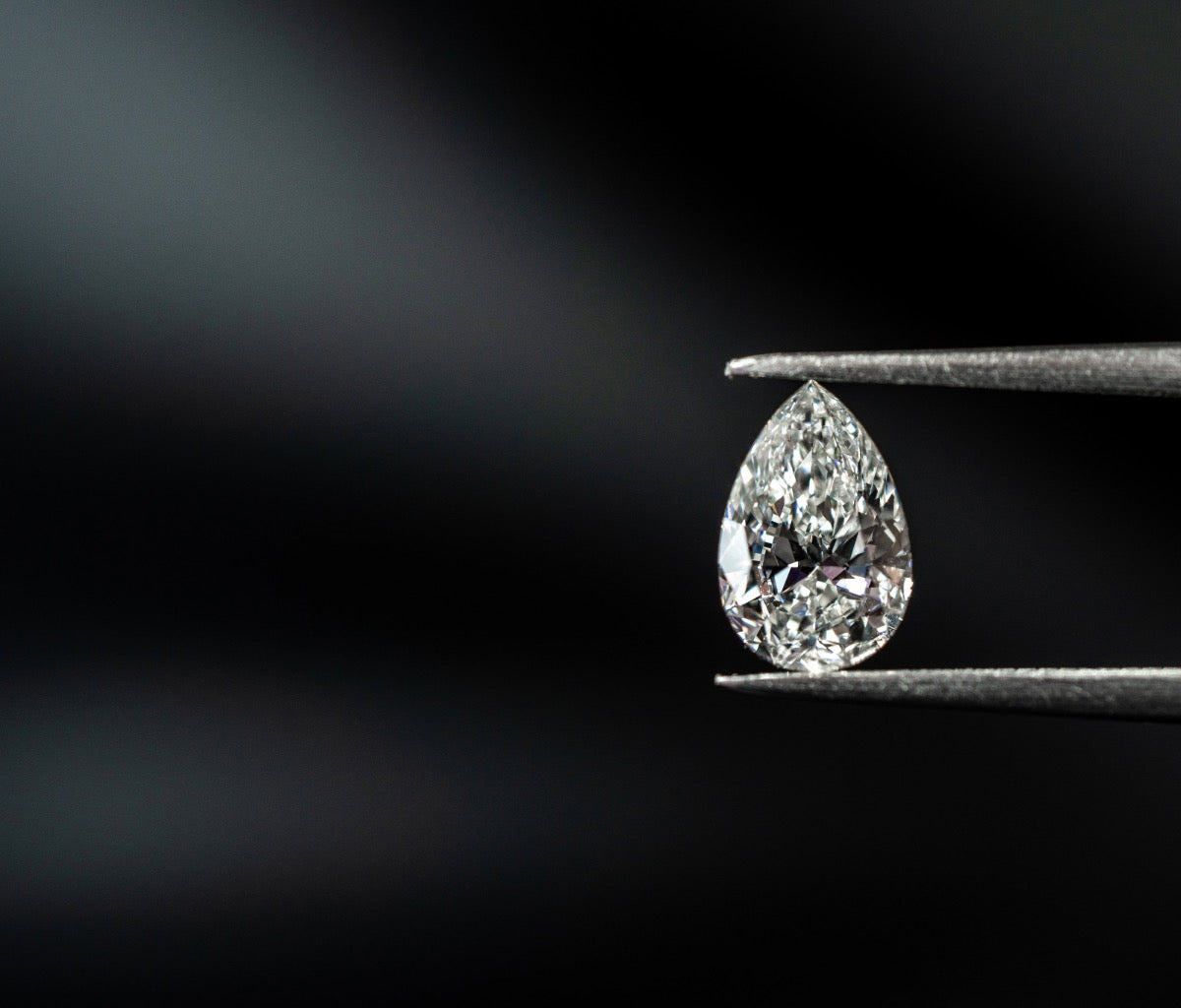
Quality & Affordability
Mined diamonds typically cost more than lab-grown ones, largely due to their perceived rarity and marketing strategies. Major players in the diamond industry control the supply to keep prices high.
Lab-grown diamonds, on the other hand, are more cost-effective to produce. As technology advances, the price difference between lab-grown and mined diamonds continues to widen, with lab-grown diamonds costing 50-60% less than mined diamonds of the same quality.
Mined and lab grown diamonds both have equal credibility. Even experienced gemologists can’t tell them apart. The GIA and other major labs grade lab-grown diamonds the same way as mined diamonds no matter the origin of the stone, a diamond is a diamond.

